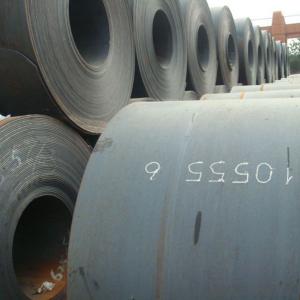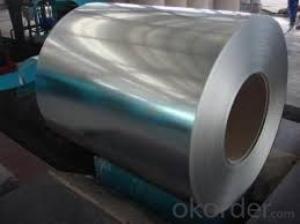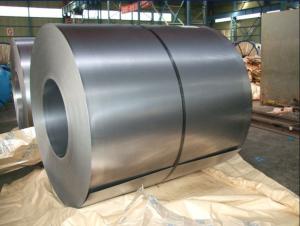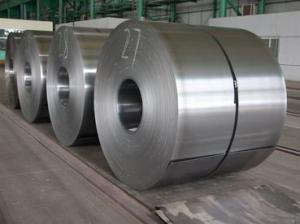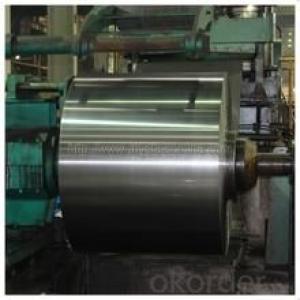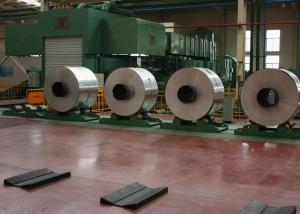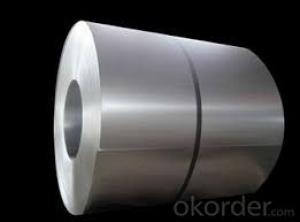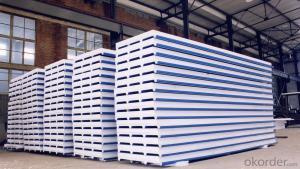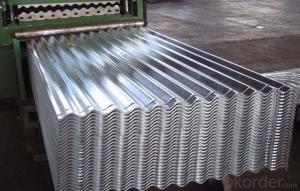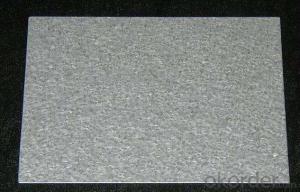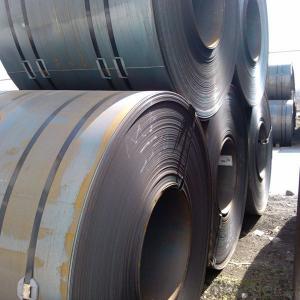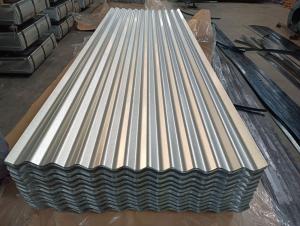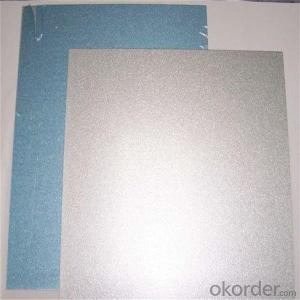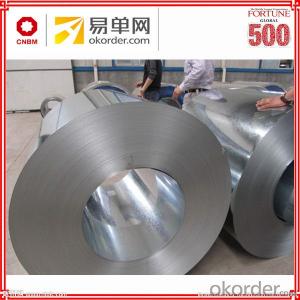Cold Rolled Steel Plate
Cold Rolled Steel Plate Related Searches
Best Paint For Stainless Steel Blanket Insulation For Steel Buildings Primer For Galvanized Steel Foam Filter For Stainless Steel H S Code For Stainless Steel Surface Grinding Wheels For Stainless Steel Surface Grinding Wheels For Hardened Steel Hole Saw For Stainless Steel Paint For Stainless Steel Stainless Steel For BbqHot Searches
Steel Mesh Panels For Sale Price For Stainless Steel Scrap Scrap Price For Stainless Steel Price For Stainless Steel Stainless Steel Tank For Sale Stainless Steel Sheets For Sale Cheap High Tea Sets For Sale Stainless Steel Tanks For Sale Stainless Steel For Sale High Density Fiberboard For Sale Solar Hot Water Collectors For Sale Scaffolding For Sale In Uae Scaffolding For Sale In Ireland Scaffolding For Sale In Houston Type Of Inverter For Solar Price Of Shipping Containers For Sale Types Of Inverter For Solar Stock Price For Aluminum Used Solar Inverter For Sale Steel Mesh Panels For SaleCold Rolled Steel Plate Supplier & Manufacturer from China
Okorder.com is a professional Cold Rolled Steel Plate supplier & manufacturer, offers integrated one-stop services including real-time quoting and online cargo tracking. We are funded by CNBM Group, a Fortune 500 enterprise and the largest Cold Rolled Steel Plate firm in China.Hot Products
FAQ
- The typical composition of stainless steel sheets is primarily made up of iron, with a significant amount of chromium (around 10-20%) and smaller amounts of other elements such as nickel, carbon, and manganese. This combination gives stainless steel its corrosion-resistant properties and makes it suitable for various applications.
- Certainly! Wall cladding can indeed be achieved by utilizing steel sheets. Steel, being a highly adaptable and enduring material, finds its utility in diverse applications, one of which is wall cladding. By employing steel sheets, one can obtain exceptional structural reinforcement, resistance against harsh weather conditions, and an aesthetically pleasing look. Steel sheets are frequently employed in commercial and industrial establishments, as well as residential properties, to elevate their visual appeal and safeguard the underlying structure. These sheets can be customized to meet specific design requirements and are available in a wide range of finishes, textures, and colors, making them a favored choice for wall cladding. Furthermore, steel cladding offers numerous advantages, such as fire resistance, ease of maintenance, and long-lasting performance, rendering it a perfect option for wall cladding in various environments.
- The maximum thickness of steel sheets can differ based on numerous factors, including the type of steel employed, the manufacturing method used, and the purpose they serve. In terms of thickness, steel sheets can vary from a few millimeters to several centimeters. Nevertheless, for ordinary applications, the maximum thickness of steel sheets typically lies within the 20-30 millimeter range. To ensure the correct thickness of steel sheets, it is vital to take into account the particular requirements and specifications of the project or application at hand.
- Various methods are used for the transportation of steel sheets, depending on factors such as quantity, size, and destination. One commonly employed method involves the use of trucks, where steel sheets are loaded onto flatbed trailers or enclosed trucks. This enables easy transportation and provides flexibility in terms of reaching different locations. For larger quantities or long-distance transportation, rail is a suitable option. Specialized railcars are used to securely hold and transport the heavy loads of steel sheets. Rail transportation is efficient for long distances and can accommodate larger volumes of steel sheets. In certain cases, sea transportation is utilized for the transport of steel sheets. They are loaded onto shipping containers or directly onto ships designed for bulk cargo. This method is typically employed for international shipments or when transporting substantial quantities of steel sheets over long distances. Regardless of the chosen transportation method, it is crucial to ensure proper securing and protection of the steel sheets during transit. Measures such as the use of straps, chains, or other securing devices are necessary to keep the sheets in place and safeguard them from shifting or adverse weather conditions. In conclusion, the transportation of steel sheets necessitates careful planning and coordination to guarantee the safe and efficient delivery to their intended destination.
- There are several methods of protecting steel sheets from graffiti. One common method is applying anti-graffiti coatings or films to the surface of the steel. These coatings create a protective barrier that allows for easy removal of graffiti without damaging the steel. Another method is using sacrificial coatings, where a sacrificial layer is applied over the steel. When graffiti is applied, this layer can be easily removed and replaced. Additionally, some companies offer specialized cleaning products and techniques specifically designed for removing graffiti from steel surfaces.
- After installation, it is possible to paint or powder-coat steel sheets. This is a popular method for improving their visual appeal and guarding against corrosion. The procedure involves cleaning the steel surface meticulously, applying a primer for better adhesion, and then applying the desired paint or powder coating. The location for this can be either on-site or at a specialized facility, depending on the size and intricacy of the steel sheets. Moreover, it is crucial to select a paint or powder coating that is appropriate for outdoor use and can endure the environmental conditions that the steel sheets will face.
- How many times a day can a steel pile be inserted?
- 12m Larson steel sheet pile 450 machine, about 80 a day, according to the geological conditions and construction conditions and other factors, there are differences.
- Galvanized steel sheet is a steel type that has been given a protective layer of zinc to prevent corrosion. To achieve this, the steel sheet is immersed in molten zinc, resulting in a strong bond between the zinc and the steel surface. As a result, a long-lasting and resilient material is formed, which is highly resistant to rust and other forms of corrosion. The zinc coating acts as a sacrificial barrier, meaning that it will corrode before the steel beneath it. This property makes galvanized steel sheet an ideal option for outdoor applications or environments with high humidity or exposure to moisture. It is widely used in industries such as construction, automotive manufacturing, and household appliance production. Galvanized steel sheets have a distinct silver-gray appearance due to the presence of the zinc coating. They offer exceptional strength and durability, making them suitable for a variety of structural uses. Moreover, galvanized steel sheets require minimal maintenance and upkeep to preserve their corrosion resistance. To summarize, galvanized steel sheet is a steel type that has been coated with zinc to protect it from corrosion. This coating provides exceptional durability and resistance to rust, making it a popular choice in various industries.


















